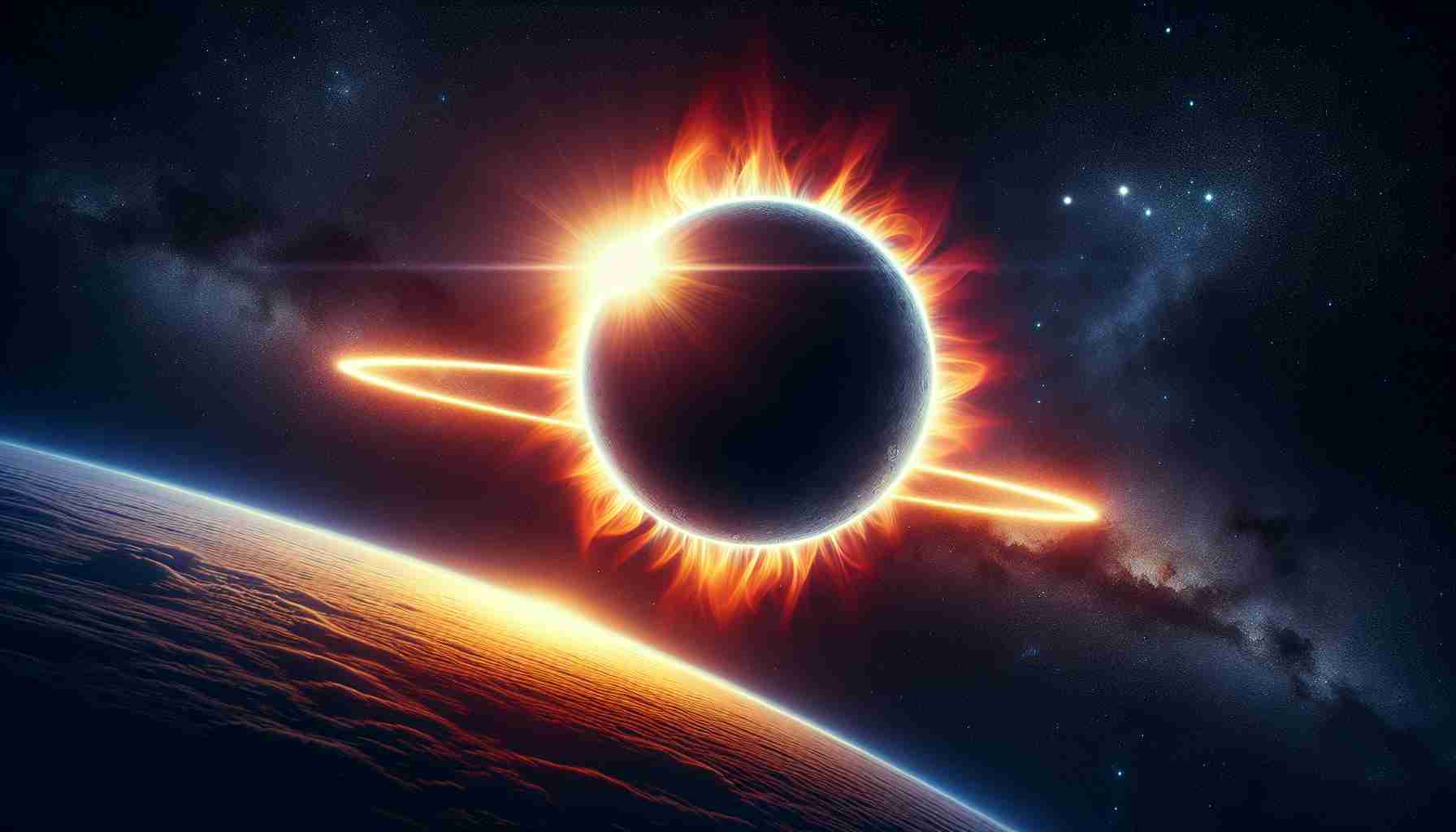
On October 2, 2024, a spectacular ‘Ring of Fire’ solar eclipse will occur, lasting more than six hours. This celestial event is set to begin at 7:12 PM IST and conclude by 3:17 AM IST the following day. The peak moment will take place around 12:15 AM IST on October 3.
Observers in India will not be able to see this eclipse since it occurs during the night. The prime viewing regions include areas over the Pacific Ocean, with Argentina and Chile being the best locations for viewing. Meanwhile, a partial eclipse will be visible in various parts of Brazil, Paraguay, Uruguay, and Hawaii, where the Sun will look like a crescent.
The term ‘Ring of Fire’ applies to this eclipse because the Moon’s position is such that it does not completely obscure the Sun. Instead, it will create a striking visual effect, where a brilliant halo of sunlight encircles the dark silhouette of the Moon. This phenomenon differs significantly from a total solar eclipse, where the Sun is entirely hidden from view.
Looking ahead, the next total solar eclipse will occur in 2026. There is also a partial solar eclipse scheduled for March 29, 2025; however, similar to the upcoming event, visibility in India will be absent, with the phenomenon being better observed in parts of North America, Europe, and northern Africa.
Understanding the ‘Ring of Fire’ Solar Eclipse: A Closer Look at the 2024 Event
On October 2, 2024, the world will witness a stunning ‘Ring of Fire’ solar eclipse, where the Moon will pass between the Earth and the Sun, creating a visual spectacle that captures the attention of astronomers and enthusiasts alike. This article delves deeper into the nuances of this event, addressing important questions and exploring the scientific significance of eclipses.
What Causes a ‘Ring of Fire’ Solar Eclipse?
A ‘Ring of Fire’ solar eclipse, also known as an annular solar eclipse, occurs when the Moon is too far from the Earth to completely cover the Sun, resulting in a ring-like appearance. The Earth’s orbit and the Moon’s orbit are slightly tilted, meaning the distances from Earth to the Sun and Moon vary. When the Moon is in its apogee (the farthest point from Earth), it does not block the Sun entirely.
Key Questions and Answers
1. What is the path of the eclipse?
The path of the annular phase will cross areas of the Pacific Ocean, with prime locations in Argentina and Chile. Cities like Mendoza, San Juan, and parts of southern Chile will experience the full effect of the ‘Ring of Fire.’
2. How can one safely view the eclipse?
Safe viewing methods include using eclipse glasses that meet the ISO 12312-2 international safety standard, solar viewers, or viewing the eclipse through a pinhole projector. It’s essential to never look directly at the Sun without proper eye protection, as it can cause serious eye injury.
3. What is the importance of this eclipse for scientists?
Eclipses provide a unique opportunity for scientists to study the solar corona— the Sun’s outer atmosphere—which is usually obscured by the Sun’s bright light. Observations made during eclipses can help deepen our understanding of solar physics.
Challenges and Controversies
One of the key challenges associated with solar eclipses involves weather conditions. Clear skies are crucial for optimal viewing, and predictions can be difficult, causing frustration for observers. Also, tourism can dramatically impact local environments during such events, leading to discussions about sustainability and management.
Another controversy stems from the accessibility of eclipse viewing. While many eclipse enthusiasts travel to prime locations, the costs and logistics can make it challenging for some, raising concerns about inclusivity in astronomical events.
Advantages and Disadvantages
Advantages:
– Eclipses inspire interest in astronomy and science.
– They provide educational opportunities for schools and communities.
– Economic benefits arise from tourism in prime viewing locations.
Disadvantages:
– Environmental degradation can occur due to the influx of visitors.
– Limited visibility in certain regions can create disparities in experiences.
– Misconceptions and misinformation regarding the safety of viewing methods can lead to harm.
In conclusion, the ‘Ring of Fire’ solar eclipse of October 2, 2024, represents both a captivating natural phenomenon and a gateway to scientific exploration. It is an event that unites people in awe of the universe while challenging our understanding of it.
For further details on solar eclipses and astronomical phenomena, visit NASA’s official website.



